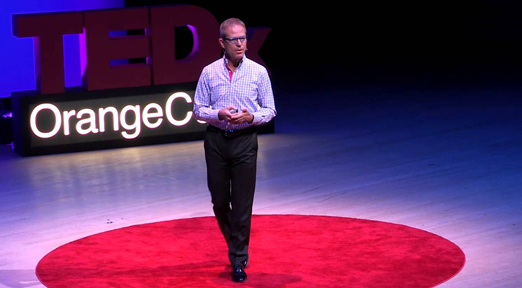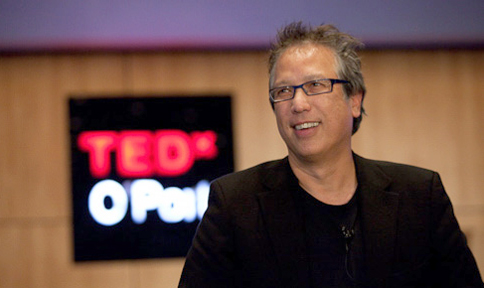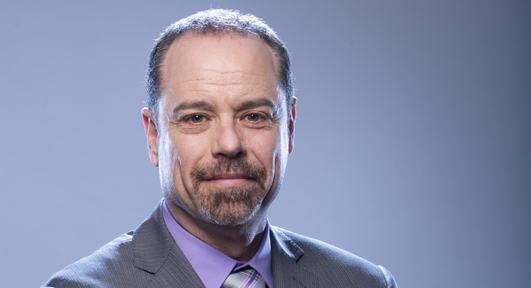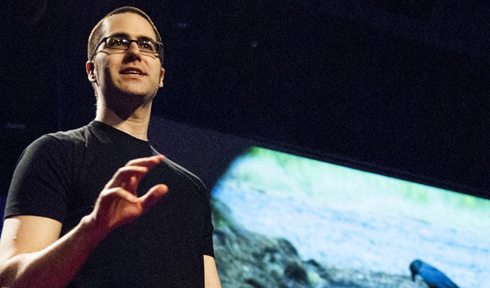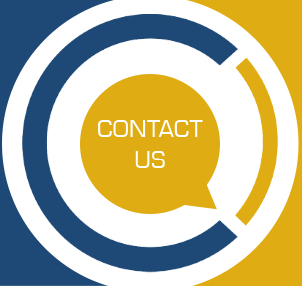
Innovative Thinking, Entreprenuership & Social Media with Lon Safko
| Networking will find your funding, next CFO, next big customer and reporter for "free ink”. | |
| |
 | What are some of the most important skills today’s entrepreneurs must possess? |
 | Networking! Networking will find your funding, next CFO, next big customer and reporter for “free ink”. They really need to understand social media, especially LinkedIn. |
 | Can you please explain the difference between an ‘entrepreneur’ and an ‘intrapreneur?’ |
 | An “entrepreneur” is someone who is a visionary, a leader, a self-starter, a risk taker, tenacious, confident, relentless, a team builder, resilient, creative, and innovative for themselves.
An “intrapreneur” has all the same qualities, but performs them “inside” an existing organization. They are also very rare, and a contradiction. If they can do this for others, they will do it for themselves. All of the traits necessary to become a successful entrepreneur are also all of the traits that make them a really bad employee. |
 | In your books and workshops you talk about the importance of changing one’s perspective. Could you explain how one goes about this? |
 | If you are going to be successful, you have to look at everything differently. Albert Einstein once said that the definition of insanity is, “doing the same thing over and over and expecting different results.” To be innovative, you have to see things others don’t, to view the same things everyone else sees, but in a different way.
Homework assignment: go to YouTube and listen to the comedians George Carlin and Stephen Wright. They are great examples of looking at things differently. Stephen Wright once said, “A lot of people are afraid of heights. Not me, I’m afraid of widths.” And, “I just lost a buttonhole.” |
| If you give yourself quiet, your subconscious will communicate the solution to your conscious. | |
| |
 | What are some of the ways to become a more innovative thinker? |
 | First, define your problem or your solution in great detail.
Next, gather information from industries other than your own. If the solution existed in your industry, you would have already known about it. Next, keep collecting information, while giving your subconscious time to select what is useful. Discard what is not. Lastly, turn off the radio in your car! Turn off that smartphone! Sometimes you have to just listen to the silence. The solution is never in the noise. If you give yourself quiet, your subconscious will communicate the solution to your conscious. |
 | Over the course of your career, you are credited with over 18 inventions. What are some of your favorites? |
 | I have 18 inventions and 30,000 of my personal papers in the Smithsonian Institution in Washington, D.C. All of them help humanity. My early work with voice recognition led to Dragon Dictate, which eventually led to Siri and other recognition systems.
I invented "ToolTips" on March 3, 1987, where when you move your cursor over a button a window pops up and tells you what that button does. These are just two examples of the 18 in the “Smith”. They are all good, and are being used by millions of people every day! I am credited with “The First Computer to Save a Human Life”, as coined by Steve Jobs. The work I did building the majority of technology you see today for the physically disabled gave me a satisfaction that money and awards could never do. Watching someone who has given up on life due to a severe disability, and use my technology to become independent, was an amazing feeling. |
 | What are a few of the “Twenty Truths of Innovation”, and how do they contribute to being an innovative entrepreneur? |
 | • Rebuild your confidence through successes. • Learn from your failures, seriously. • Pay attention to everything around you. • Embrace change. Learn to enjoy it. • Maintain a positive attitude. Always. • Admit your weaknesses, and surround yourself with people with those strengths. • Communicate your vision, clearly and often. • Trust yourself and others around you. Don’t do their work. • Live innovation every day, and in every situation. Look at everything differently. • Be TENACIOUS! You can’t lose if you don’t quit! |
 | How can organizations best leverage the power of social media? |
 | Understand it first. Don’t be afraid of it. Start with the big three: Facebook, Twitter, and LinkedIn. Try them, then learn a new tool every couple of days. Read blogs, my books and others’ books. Watch videos. A little each day will make you an expert in no time. |
 | Please give us a few tips for providing “good” social media content. |
 | Test everything you put out: posts, tweets, newsletters and emails. If it passes the test, than it will be effective. If not, don’t send it, as it will have very little or no effect. Push out a lot of content. It’s the primary criteria that all search engines are now looking at. |
 | What are some of the biggest mistakes and successes you have seen organizations make in their use of social media? |
 | Facebook is not a strategy. Twitter is not a strategy. LinkedIn is not a strategy. These are only tools. This sounds basic, but no one seems to get it. Build your tools, measure the effective (conversion) of each tool, then build your campaigns using your most effective tools. Having a ton of Friends or Likes on Facebook won’t generate revenue. |
| Fusion Marketing is how we will be marketing in 2020. It’s what comes after social media. | |
| |
 | What is “Fusion Media Marketing”, and how can organizations use it to grow? |
 | Fusion Marketing is how we will be marketing in 2020. It’s what comes after social media. Fusion Marketing is a tool and technique that forces you to look at every traditional, digital, and social media tool available to decide if it’s right for you, your plan, or your campaign. It makes you measure everything you do. It makes you drill down into every tool to verify that you are using it correctly. Then, it develops dozens and dozens of customized tactics for you to implement. It’s fast, it’s accurate, and it’s a lot of fun and really works! |
 | In your book, The Fusion Marketing Bible, you talk about the benefits of fusing together traditional marketing, social, and digital media. Is there any instance when combining these does not make sense? |
 | Yes, always. But most companies don’t know when this applies. We’ve all heard the old saying, "I know half my marketing works, I just don't know which half."
If you use the Fusion Marketing technique, you will quickly learn which of all of the possible tools and combinations are working and which ones aren’t. For some products and services, traditional still works the best. If you sell to an older audience, traditional is the way to go. But, if you don’t measure your result, you will never know what works. Measure everything! =============================================== To bring Lon Safko to your organization to inspire creativity, boost your marketing and leverage your social media campaigns, please contact Michael Frick at: Mike@Speaking.com. |


